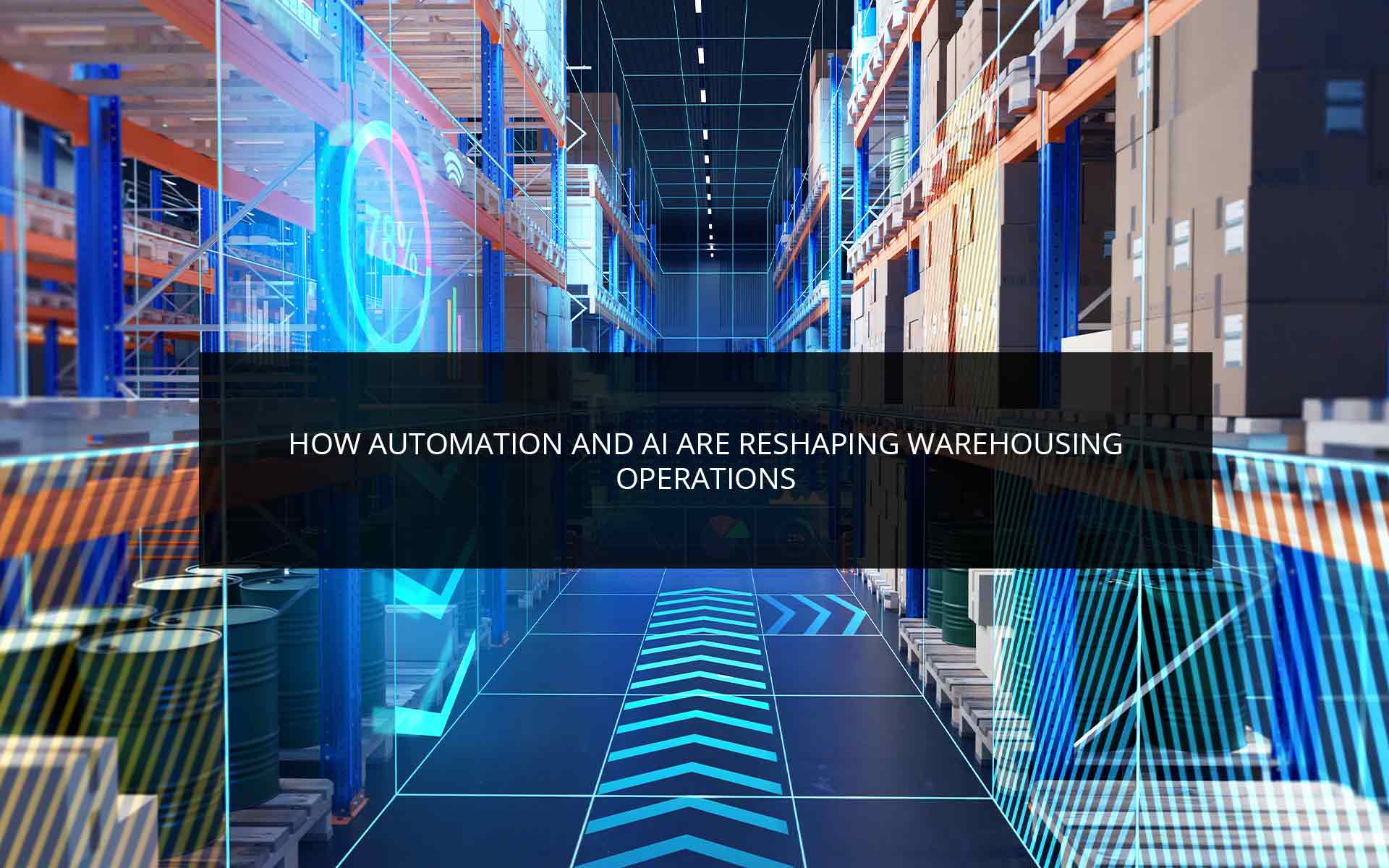Longstanding manual warehouse processes have failed to keep up in the age of online shopping, where consumers expect delivery of the goods they buy within increasingly shorter timelines. Consumers have also taken their expectations for fast delivery with them to their jobs, where they often want B2B orders to arrive just as quickly. Speed aside, buyers also want more control over their orders, with real-time tracking, the ability to pick delivery speeds and windows, and the lowest possible cost for fulfillment.
While consumer expectations are getting more demanding, warehouses have struggled for years with a growing labor shortage. This means that warehouse managers can no longer rely on the age-old tactic of throwing more warehouse associates and temporary labor at a problem to enhance bandwidth on the warehouse floor. Instead, the warehousing sector is now looking toward technology to cut costs, streamline processes, and boost efficiency.
Building Smarter, Futureproof Warehouses
Warehouses have become an essential link in an interconnected global supply chain, and the pressure is mounting for facility owners and operators to implement solutions that provide the real-time visibility and data supply chain teams need to fuel decision-making processes outside the four walls of the warehouse. The reality is that warehouses that still run on clipboards and spreadsheets simply can’t keep up with the growing needs of retailers and suppliers.
To put it directly: A robust warehouse tech stack is no longer a luxury for warehouse operations that want to keep pace with their competition.
Automation has already become a staple of many modern warehouses, with semi- and fully automated solutions helping warehouse teams to create a long list of efficiencies. Some of these solutions include:
- Cloud-based warehouse management systems
- Streamlined inventory layouts and inventory positioning
- Optimized pathing for pickers and forklifts
- Internet of Things (IoT) solutions for real-time inventory monitoring
- Automated storage and retrieval systems to optimize space
- Pick-to-light and voice-picking systems
- Conveyor belts
- Automated tape machines
- Right-sizing/box-making machines
These types of solutions have created dramatic improvements in warehouse efficiency, especially over the past decade or so. Now, however, the rapid development and integration of artificial intelligence (AI) into warehouse management systems (WMS) and other logistics software has unlocked even more opportunities for improvements to inventory management, forecasting, picking, safety, and much more.
The Benefits of the AI-Powered Warehouse
Even with the automation technologies mentioned above, there is still substantial room for improvement in warehouse processes and operations. That’s where AI comes in. Here are some of the key areas in which AI is enabling full warehouse optimization:
- Digital twins. Tools like AI-powered WMS or warehouse execution systems (WES) can create a digital copy of the warehouse and recommend layout optimizations or positioning for new equipment, allowing trial-and-error to happen in the cloud. This allows facilities to avoid expensive redesign and reconfiguration costs by getting it right the first time.
- Reduced human error. Manual tasks are prone to human error and can fluctuate wildly based on how far into a shift it is, how tired the employee is, and other factors. AI-powered automation plays an important role in reducing picking errors and other mistakes.
- Collaborative robotics. While there are pervasive fears in the warehousing sector that robots are replacing human workers, that isn’t really accurate. As mentioned, the logistics sector is already dealing with a labor shortage, which means many warehouses tend to be understaffed. AI-driven robotics help to augment a smaller workforce and improve safety for warehouse associates by taking on repetitive tasks and allowing each employee to do more with less.
- Demand forecasting. The latest AI models excel at analyzing large quantities of historical data, which can take much of the guesswork out of forecasting. This means the warehouse is much more likely to have the correct amount of inventory when it’s needed, rather than dealing with stockouts or overstocking.
- Streamlined costs. The efficiencies created by AI ultimately lead to cost savings by minimizing waste in warehouse processes. This is an extremely important benefit for warehousing, which tends to operate on slim margins.
The wait-and-see period for AI-based automation solutions in the warehouse is gone, and it’s essential for businesses to work on implementing these technologies now if they how to stay competitive. As such, it’s essential for businesses to find facilities that can support automation.
“AI and automation are transforming warehouse operations, and tenants are increasingly seeking logistics space that can support robotics and AI systems,” says Frank P. Crivello, founder and chairman at Phoenix Investors. “At Phoenix Investors and Phoenix Logistics, we aim to align our industrial assets with those evolving requirements, ensuring our sites remain adaptable and well-positioned for tenants seeking to implement these technologies.”
Whether shippers opt to gain access to the benefits of AI and automation through direct investment or by partnering with a third-party logistics (3PL) provider that understands how to identify and implement the most useful technologies, taking the necessary steps to incorporate AI now will ensure the business is ready to handle whatever the future brings.
About Phoenix Logistics
Strategic Real Estate. Applied Technology. Tailored Service. Creativity. Flexibility. These fundamentals reflect everything we do at Phoenix Logistics. We provide specialized support in locating and attaining the correct logistics solutions for every client we serve. Most logistic competitors work to win 3PL contracts, and then attempt to secure the real estate to support it. As an affiliate of giant industrial real estate firm Phoenix Investors, we can quickly secure real estate solutions across its portfolio or leverage its market and financial strength to quickly source and acquire real estate to meet our client’s need.


